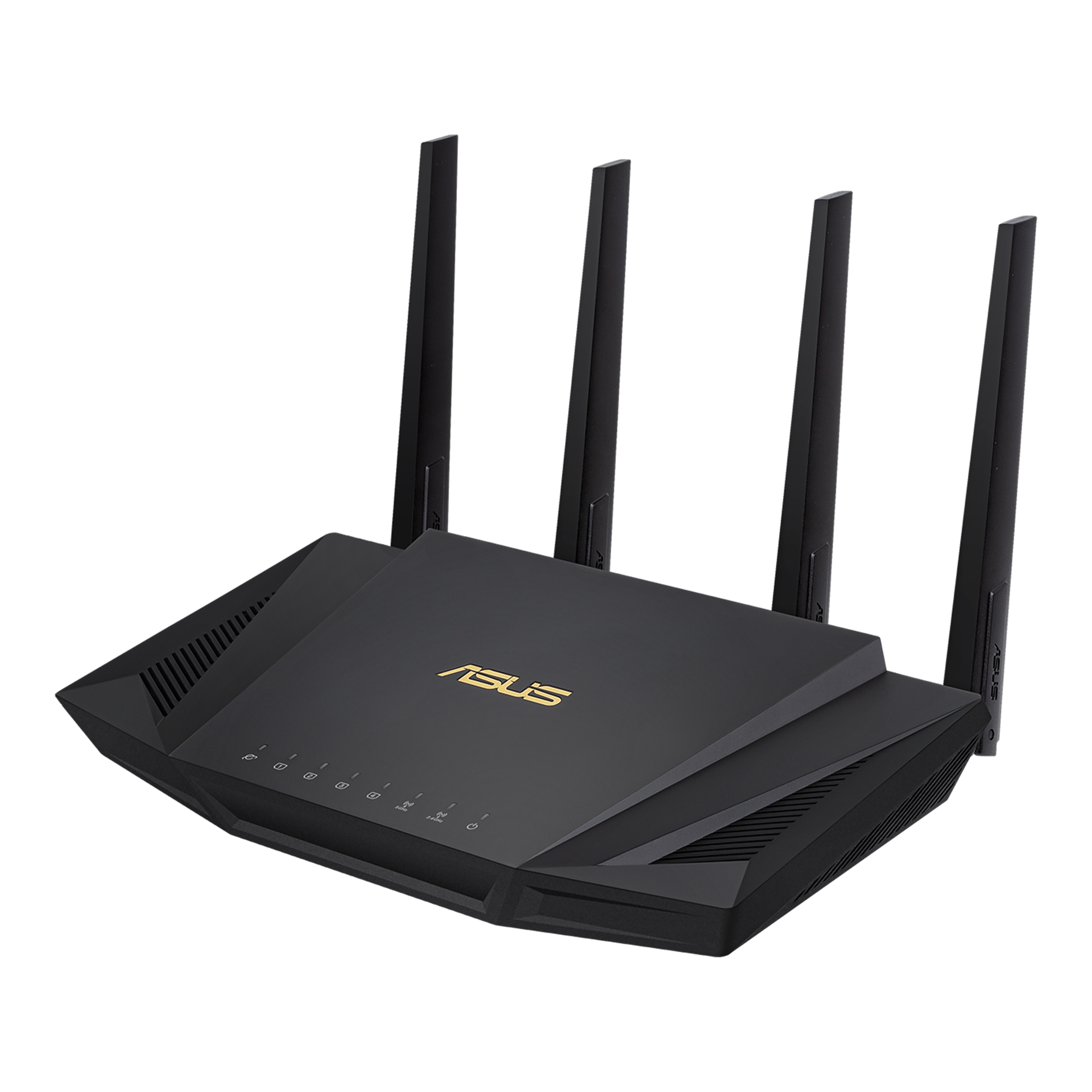First, a little bit of background on how my current setup looks like:

The powerline adapter just died and I need to replace it with something else and I'm considering my options. I was thinking about:
The budget is around 150 USD / GBP / EUR but can stretch it a little bit if needed.
Do you think any of those options are sensible? What would you do in such a case?
- Internet through cable modem in the living room, 250 Mbps and unlikely to be upgraded to more than 500
- This modem is plugged into a powerline adapter (TP Link AV1300) which delivers the signal to the storage cupboard
- In the storage room, I have a Netgear R8000 router. To the back of this router, there is a bunch of wired ethernet-only devices (microserver, nas, raspberry pi and voip gateway)
- The storage room is separated from the living room by a simple plaster wall and a wooden door. The wifi works through it reasonably well.
- It is not possible to run a dedicated ethernet cable from the modem to the storage room (not my place)
- no coaxial cable available either
- aside from that there are about 10-15 wifi clients
The powerline adapter just died and I need to replace it with something else and I'm considering my options. I was thinking about:
- buying a new AX router, plugging it directly after a modem and using that for wireless access. Then converting existing R8000 to act as a wireless client and deliver the signal to NAS and other ethernet-based devices. I know it won't be ideal, but it just needs to beat or match powerline adapters which max out at 130 Mbps. If I can get more, great.
- buying a powerline adapter from another vendor (i.e. devolo magic 2)
- considered MikroTik Wireless Wire, but it's a little bit above my budget and I am not sure if it's a good idea indoors anyway
- sell the Netgear R8000 and invest in two cheaper AX routers that would form a mesh (i.e. AiMesh)
The budget is around 150 USD / GBP / EUR but can stretch it a little bit if needed.
Do you think any of those options are sensible? What would you do in such a case?
Last edited:





